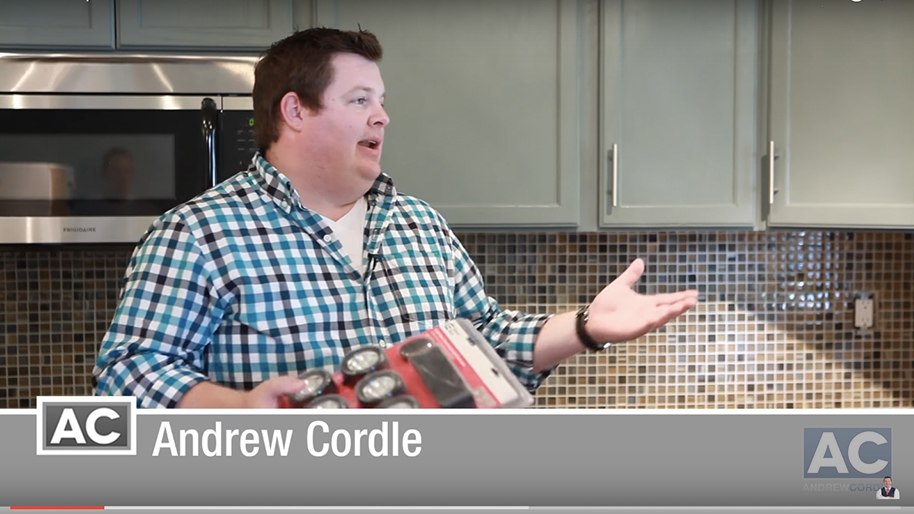Flipping Houses: Online Property Analysis and Inspection
December 16, 2014

So you’re going to go ahead and attempt an online property analysis? You’ve just received an email from your wholesaler who sent you a solid lead on a potential flip house. Now, let’s talk about completing an online property analysis right there from your desk.
When I receive a quality lead from one of my wholesalers, if I don’t have the time to complete an offline/on-site property analysis, I will do an online property analysis right from my computer. The first step of course is to verify everything online. We always do this first. So, I’m going to look for the following two things:
1. The CMV – this is the “current market value.” The CMV is what your house is currently worth “as-is”
2. The ARV – this is the “after repair value.” The ARV is what your house will be worth after all the repairs are made
There are three ways to determine both the CMV (Current Market Value) and the ARV (After Repair Value):
1. The “Comps” or “comparables”.
2. Have a real estate agent or broker run a CMV – there is a cost attached to this
3. Have an appraiser complete an property appraisal. NOTE: Appraisers are also able to do a CMV and an ARV) – there is a cost attached to this
You can also have an agent or broker run a CMA (Comparative Market Analysis) or an appraisal completed by a licensed appraiser. We aren’t able to complete a CMA or appraisal as one must have a special license to do this. So I will usually hire an outside professional when I need this done. An appraisal runs about $250-450.
However, at this point, you’re trying to compare the comps on your own to save time and resources. When you’re doing online inspections, before you compare the comps, understand that there are four different types of properties:
1. New construction – these are homes that have recently been built and no one has lived there before or currently
2. Rehabbed house – these are flip homes that an investor has purchased, repaired, and placed back on the market
3. Homeowner property – these are homes that are currently owner/tenant-occupied but is up for sale
4. REO (Real Estate Owned) or HUD (Housing & Urban Development) – these are bank or government foreclosed homes
The most important thing I look for are the comps. I’ve been asked the question, “what is a comp (comparable)”? To determine the value of a house, an appraiser or an agent will typically look at three comparable sales in the area, or “comps” as they are known in the industry. Agents and Appraisers have access to the Multiple Listing Service, known as the MLS, which is a database of all the properties in a given area that have been listed “for sale”, are in process of being sold (pending,) or have already been sold. Without being an agent or an appraiser, you may have a harder time accessing this information. Additionally, you can ask your agent for a list of comps. Which should be easy and free for your agent to supply to you.
In my next property analysis and inspection article, we’ll discuss “comps” in much more detail.













